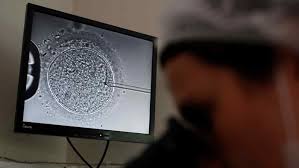
ヒトiPS細胞:卵子と精子のもとを大量作製
Human iPS cells: mass production of eggs and sperm
人類 iPS 細胞:大量生產卵子和精子
・京大が生殖細胞の大量作製に成功
・英科学誌「ネイチャー」電子版に発表
Science Portal掲載記事からSummaryをお届けします。
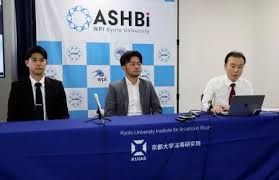
京都大学の研究グループ:
ヒトiPS細胞:卵子と精子を大量作製
京都大学の研究グループが、5月20日付の英科学誌「ネイチャー」電子版に、発表した。

生殖細胞の大量作製:
ヒトの人工多能性幹細胞(iPS細胞)で、’卵子と精子のもとになる生殖細胞の大量作製’に成功した。
1.生殖細胞は、卵子と精子のもとになる重要な細胞である。
2.培養当初の細胞数を100億倍以上も増やすことができる。
精子や卵子ができる仕組みや不妊症の原因を解明する。
生殖医療を進めるうえでの研究成果と期待される。
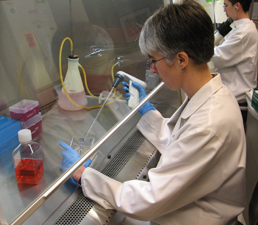
倫理上の議論が必要:
現在、iPS細胞を使った受精卵操作は、日本の指針で禁止されている。
今後、生殖医療研究進めるには、さまざまな観点から議論が予想される。
1.ヒトの卵子や精子を作製し、生殖に使う段階に達していない。
2.技術的、倫理的課題があり、生殖医療応用にはまだ距離がある。
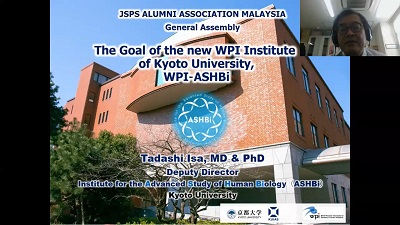
京都大学高等研究院:研究グループ
ヒト生物学高等研究拠点(WPI-ASHBi)の斎藤通紀教授、
や村瀬佑介特定研究員、
横川隆太博士課程学生らがメンバー。
https://scienceportal.jst.go.jp/gateway/clip/20240522_g01/#:~:text=ヒトの人工多能,増やすことができるという%E3%80%82

Kyoto University researchers :mass-generate cells capable of becoming human eggs
From NHK WORLD-JAPAN News
Researchers at Japan’s Kyoto University:
have developed a way to use human iPS cells to mass-generate cells capable of turning into human eggs.
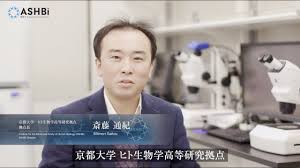
A group:led by Professor Saitou Mitinori of Kyoto University’s Institute for Advanced Study
found a method to create base cells for reproductive cells from human iPS cells, and then change them into oogonia, which develop into ova.
The problem was that the amount of oogonia produced was too small.

producing huge amounts of oogonia:
When the researchers added a protein called BMP in culturing the base cells, they succeeded in producing huge amounts of oogonia.
The oogonia reportedly multiplied about ten billion-fold over roughly four months.
The group says:
it also successfully mass-generated, by the same methods, cells that develop into sperm.
Saitou said:
his team aims to apply the method to medical care, such as infertility treatment.
https://www3.nhk.or.jp/nhkworld/en/news/20240521_22/
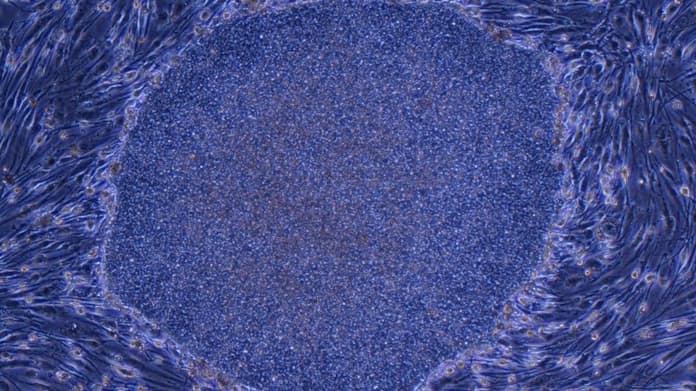
Nature:In vitro reconstitution of epigenetic reprogramming
Abstract
Epigenetic reprogramming resets parental epigenetic memories and differentiates primordial germ cells (PGCs) into mitotic pro-spermatogonia or oogonia,
ensuring sexually dimorphic germ-cell development for totipotency 1.
In vitroreconstitution of epigenetic reprogramming in humans remains a fundamental challenge.
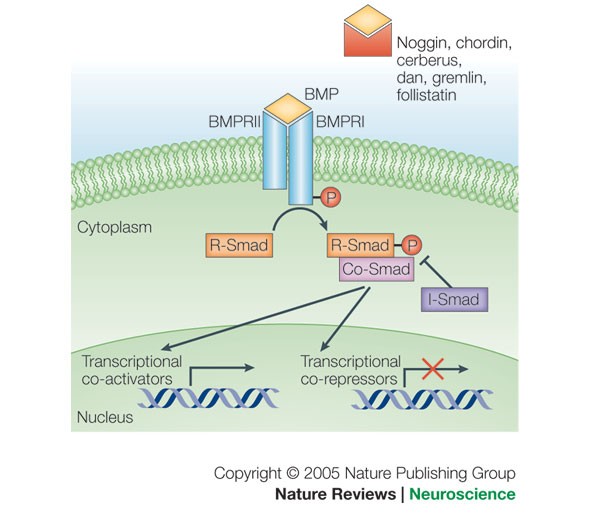
Here, we establish a robust strategy
for inducing epigenetic reprogramming and differentiation of pluripotent stem cell (PSC)-derived human PGC-like cells (hPGCLCs)
into mitotic pro-spermatogonia or oogonia, coupled with their extensive amplification (~>1010-fold).
Strikingly, bone morphogenetic protein (BMP) signalling is a key driver of these processes:
BMP-driven hPGCLC differentiation
involves an attenuation of the mitogen-activated protein kinase/extracellular-regulated kinase (MAPK/ERK) pathway and both de novo and maintenance DNA methyltransferase (DNMT) activities,
likely promoting replication-coupled, passive DNA demethylation.
On the other hand,
hPGCLCs deficient in tens-eleven translocation (TET) 1,
an active DNA demethylase abundant in human germ cells 2,3,
differentiate into extraembryonic cells, including amnion, with de-repression of key genes bearing bivalent promoters;
these cells fail to fully activate genes vital for spermatogenesis and oogenesis, with their promoters remaining methylated.
Our study elucidates the framework of epigenetic reprogramming in humans, making a fundamental advance in human biology,
https://www.nature.com/articles/s41586-024-07526-6